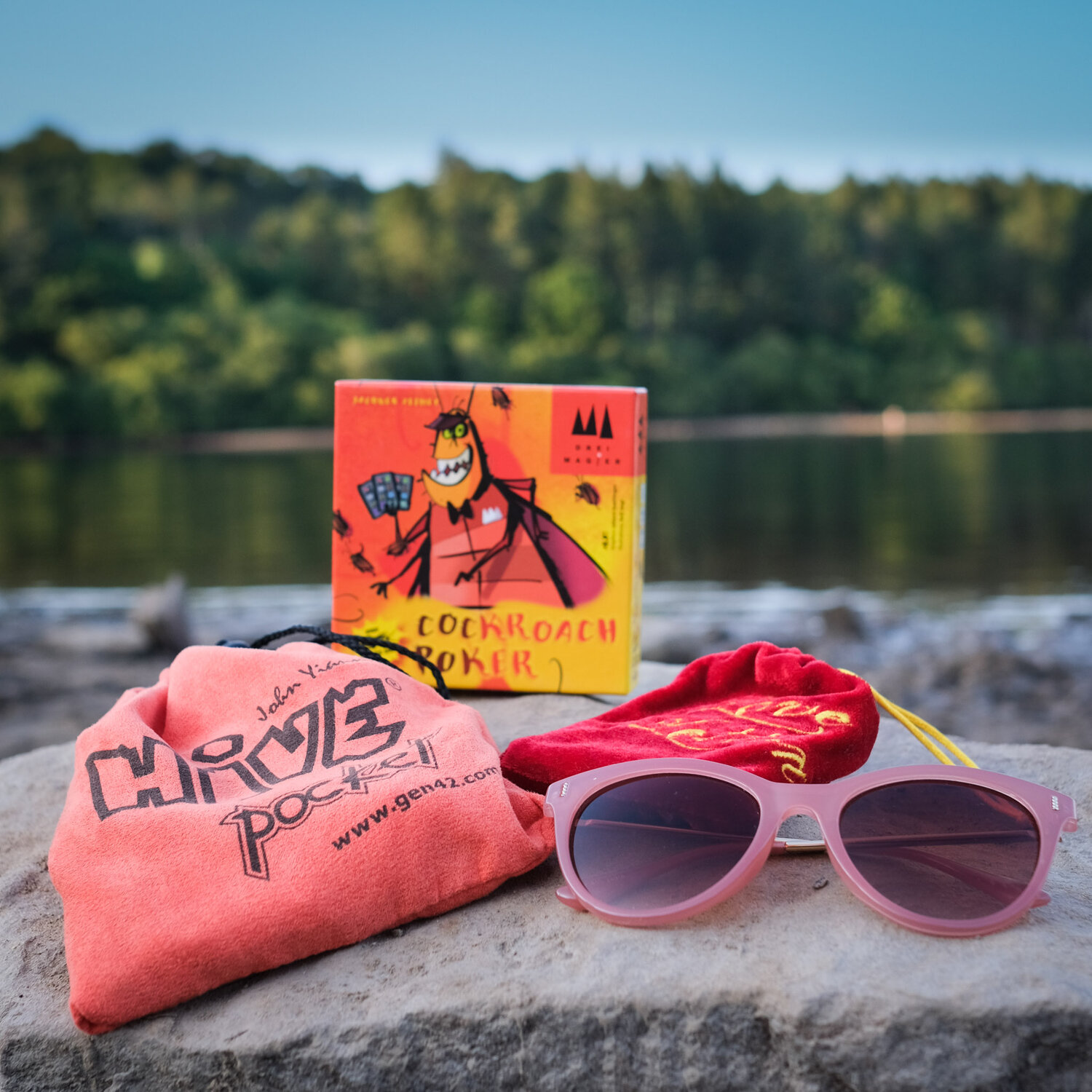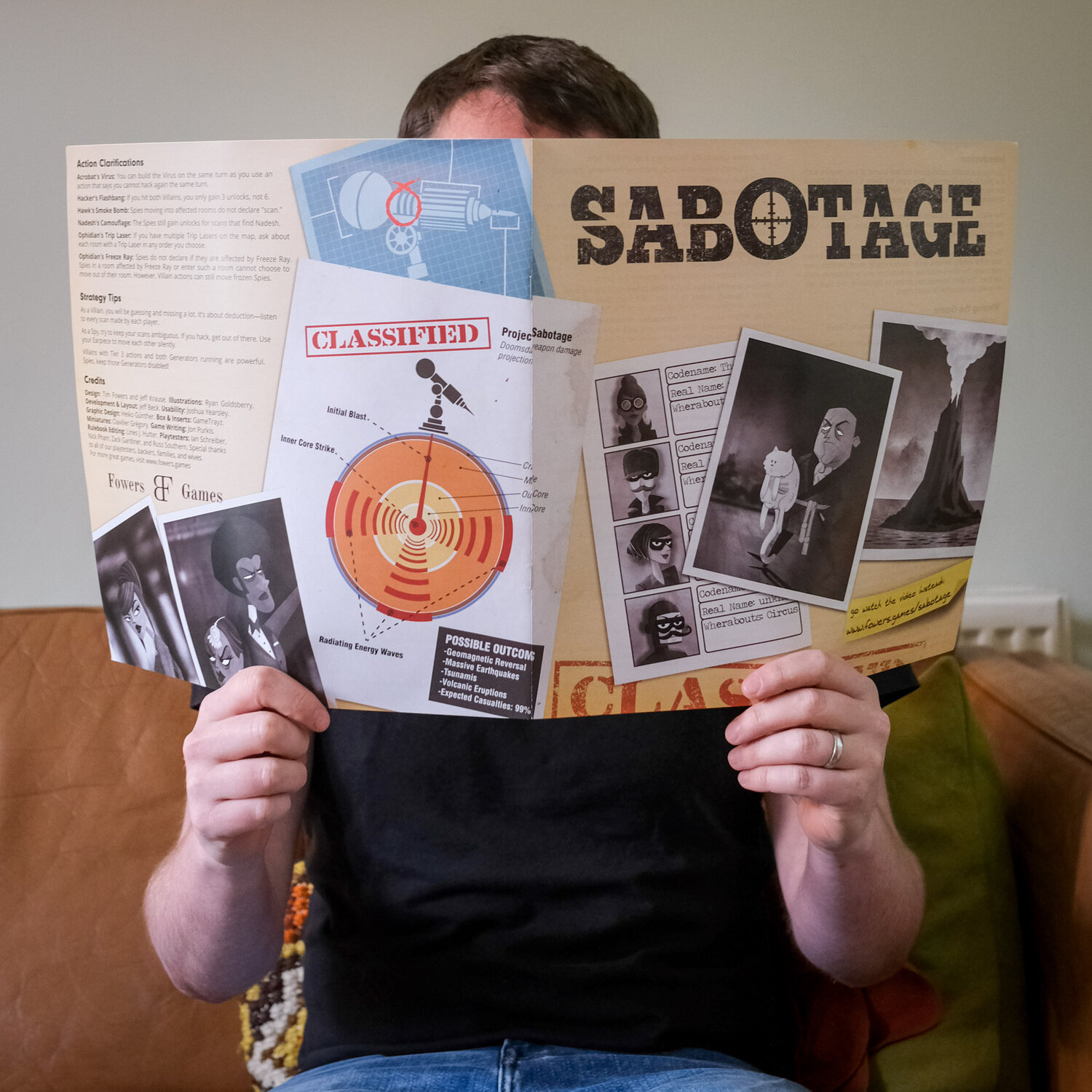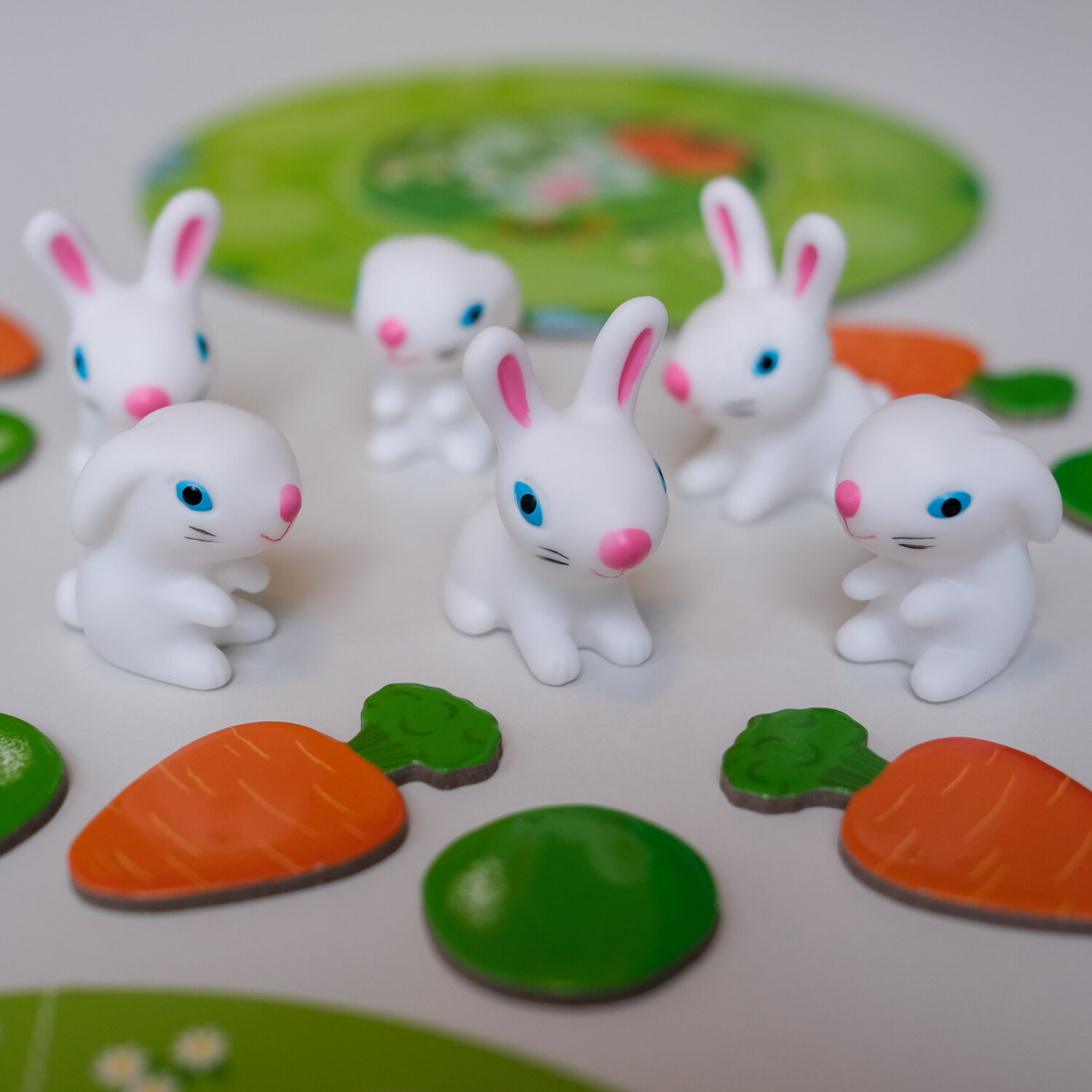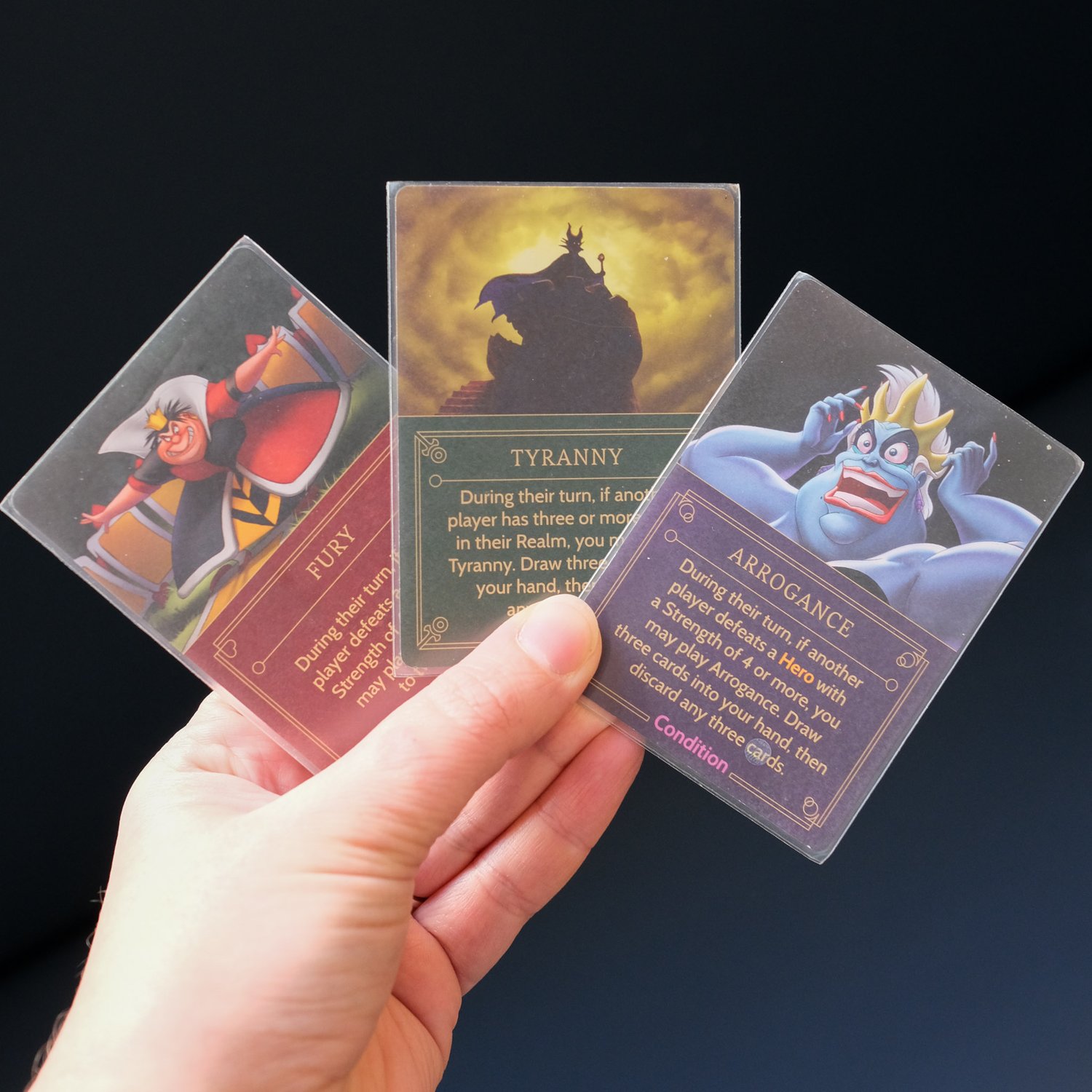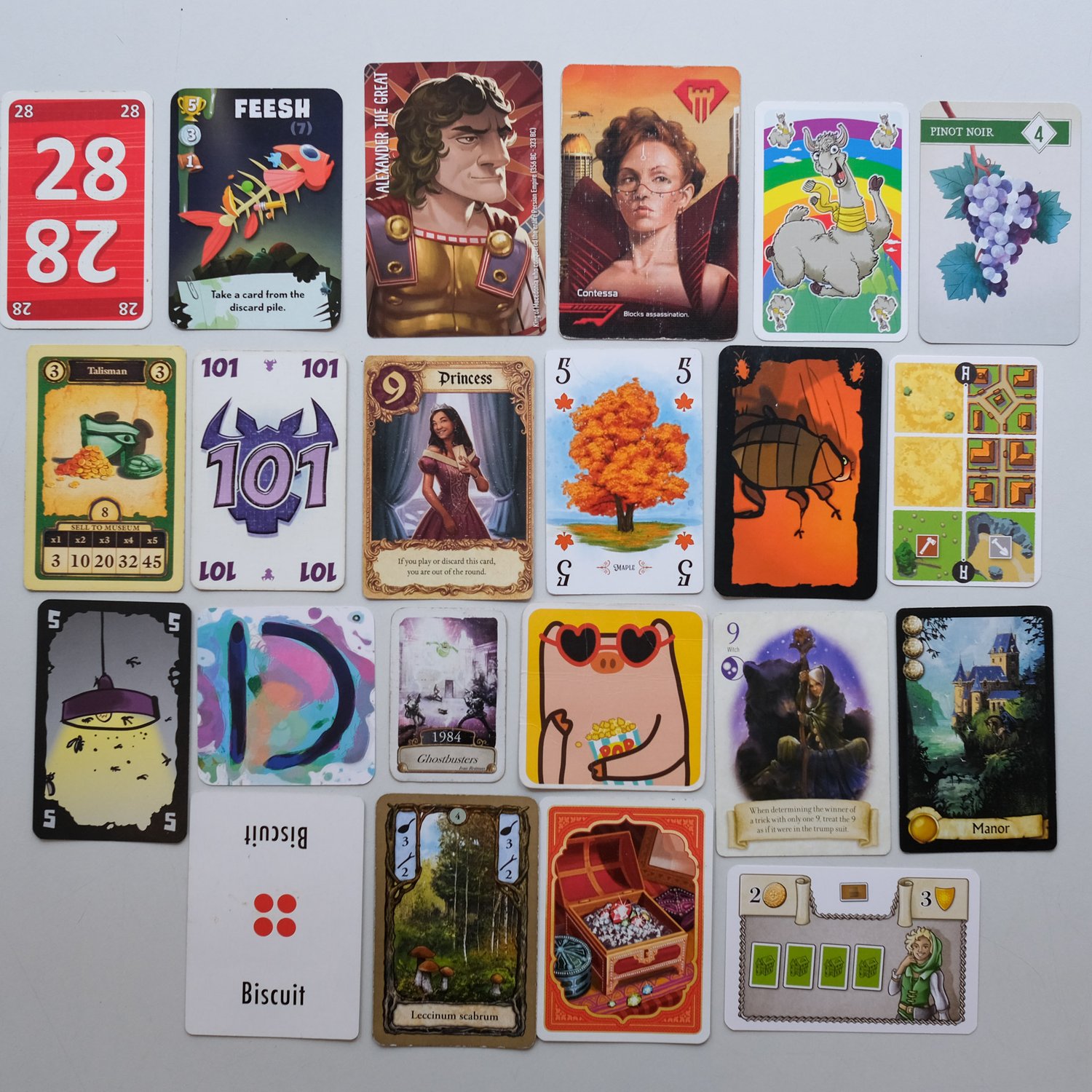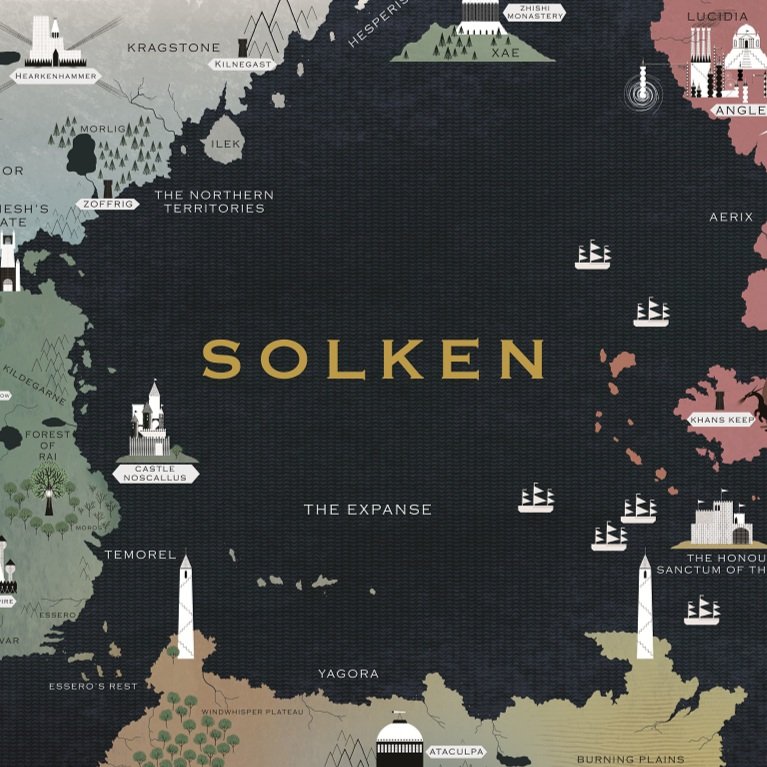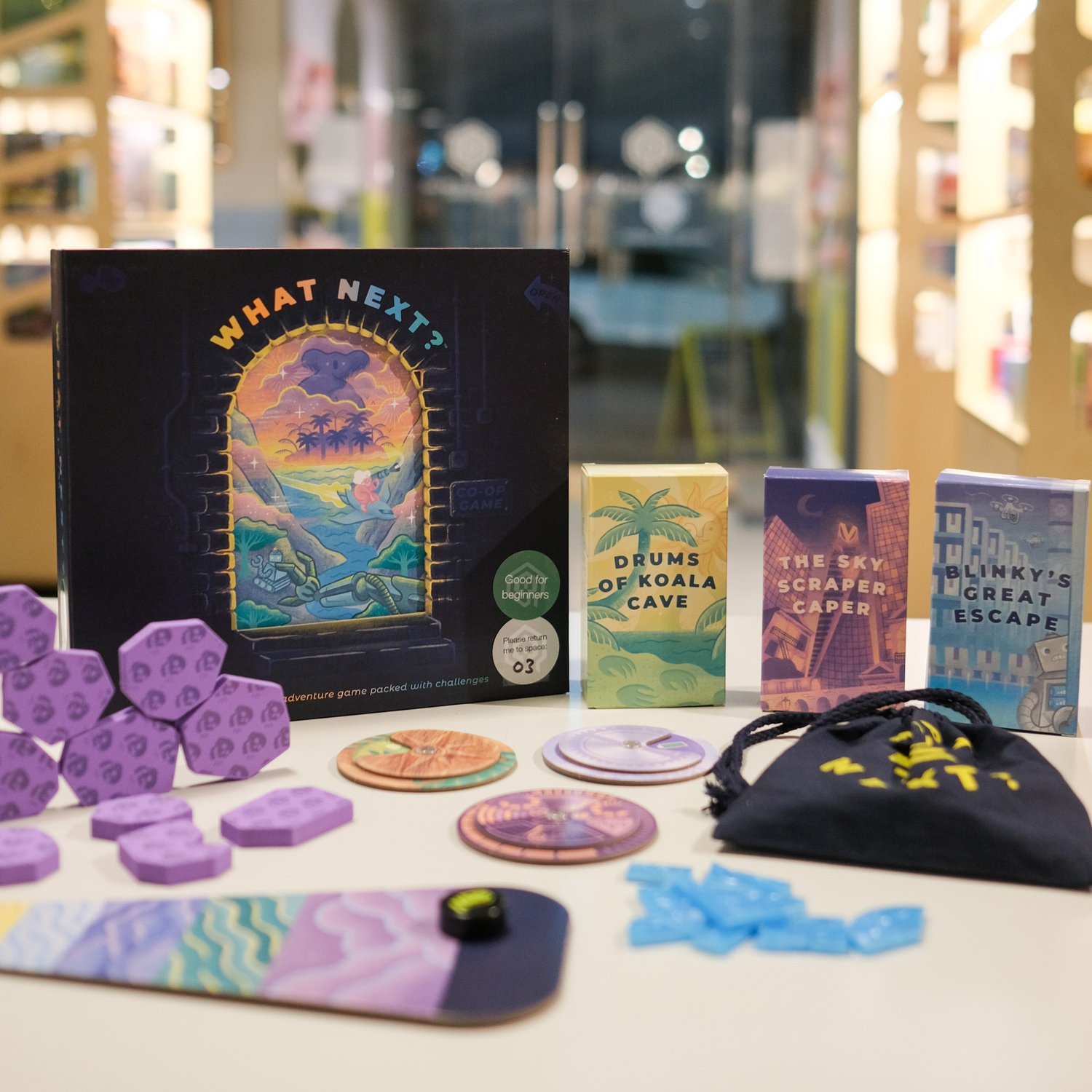
It’s summer! And it’s actually been warm! Ridiculously warm! And sunny! Ridiculously sunny! You may have decided to venture outdoors, or even outside of Sheffield for holiday-related fun times over the coming weeks. But if you, dear readers, are anything like us here at the Treehouse, you will be incorporating games into your travel plans.
Yes, I know this summer is different than most, and we can lament not being able to play Carcassonne in Carcassonne, play Santorini in Santorini, or the dream: play Jaipur in Jaipur while drinking a bottle of Thornbridge Jaipur IPA (this may just be my dream). But we are big fans of making our own fun, and so here is a roundup of games for holidays and it goes out to our tribe whom we know will play them rain or shine, Near and Far (available in our library). Read on for a round up of travel games for everyone.
Beach (and rain!) proof games
We are an island nation, and although Sheffield may not have a coastline, we’re surrounded by water (sometimes more than we would like!). I am a beach girl and wild swimmer at heart, so this first group of games is for anyone who’ll be out on the water, or relaxing in the sand, games in tow. Some of these games fit into other categories below, but I wanted to give a special mention to games that are easy to clean and conveniently play well near sand, water and even ice lollies.
-
Blokus: This colourful abstract strategy game looks like a very cool analogue version of Tetris but the goal is to fill up the board, not empty it. It can be played by up to four players but works well as a two player game and even has a variation that allows for solitaire mode. Without any text it is easy for kids to pick up and for multilingual groups to play. It’s not necessarily travel sized in the traditional sense but the box is flat and very easy to slip into a suitcase or car boot. I should mention there are some small bits involved, but nothing that a picnic blanket couldn’t contain, and the plastic pieces and board are easy to clean.
-
Bananagrams: This Scrabble free-for-all only requires a flat surface to play and each player races to complete their own crossword-style grid in front of them using only the letters they’ve picked up. You can play it alone or up to a group of eight, but eight can get kind of frantic. It’s most enjoyable for two to five players in my experience. And it comes in a cute little fabric banana bag. The whole thing is sand-proof and washable.
-
Cobra Paw: Cobra Paw has a cardboard box, which will admittedly get a bit battered the further it strays from your admirably arranged board game shelf. You can accept this hazard, or store the components in a travel bag… or even do as some friends of mine have done and create a special travel box that helps you both store the pieces more compactly, and immediately see if one is missing so that you don’t leave the campsite without it. Cobra Paw is a very speedy matching game for two to six players requiring quick reflexes and good observational skills. It relies on rolling dice and matching symbols on domino shapes and has the extra competitive mechanic of stealing pieces from other players if they are not quick enough to defend them. It is suitable for both adults and kids to enjoy, as long as neither are tantrum-prone when they’re not winning!
-
Qwirkle: This one comes in a big-ish box, but don’t be discouraged. Inside the box is a bag of tiles and you can easily take it on holiday with you in the bag and leave the box on your aforementioned beautiful game shelf. You’ll need a large, stable playing surface because these tiles get layed out sort of like dominos and there is no limit to how far you can place them other than the table’s edge. This is a pattern- and colour-matching strategy game for two to four players and is also family friendly and requires no reading. It can be difficult to master for younger players but they may just enjoy making patterns with some of the shapes. You may need pen and paper or a phone to keep score as you and your opponents aim to use up all of the tiles by placing them in sets of matching or contrasting shapes and colours. The design is simple and bright and would suit an outdoor playing table.
